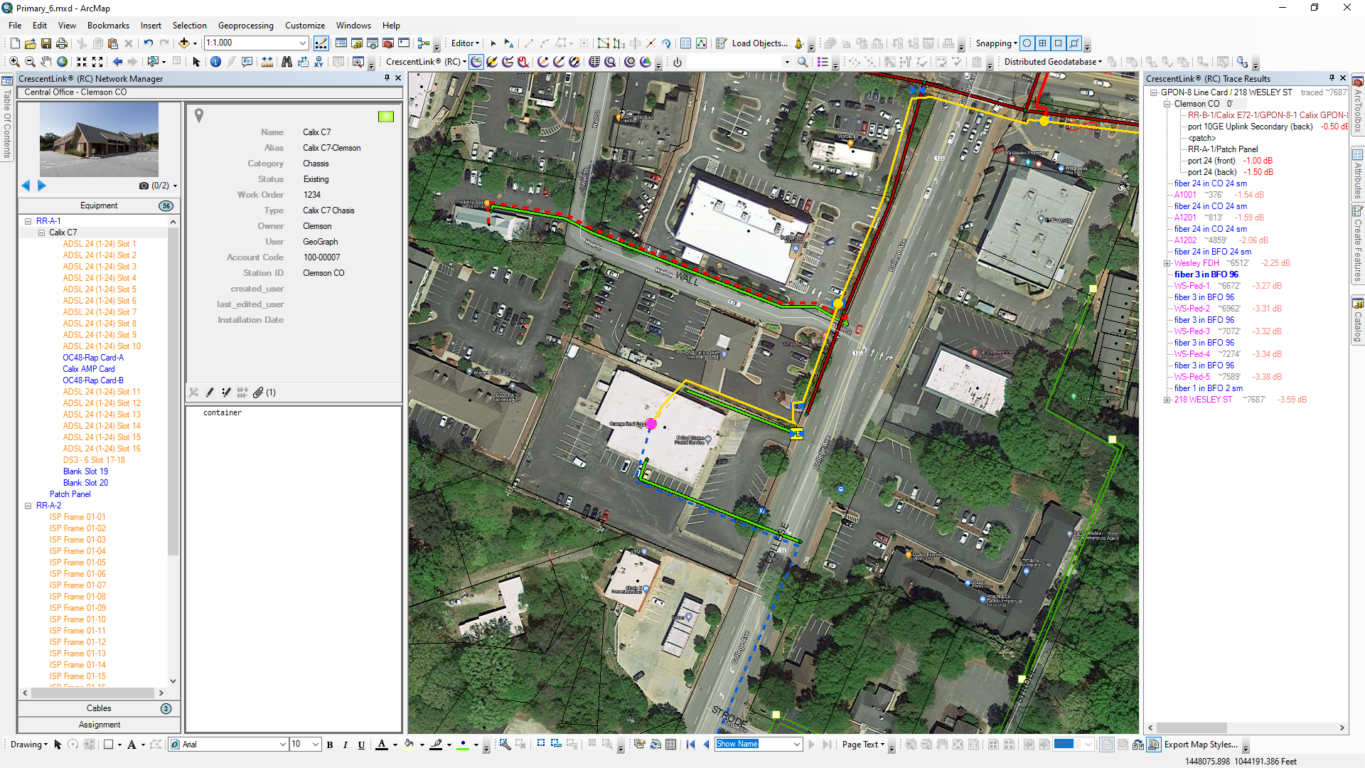In today’s fast-paced broadband environment, achieving true data accuracy is more than just a technical goal, it’s a strategic imperative. As network complexity rises and the volume of data grows exponentially, broadband and fiber network providers face a crucial challenge: fragmented data that hinders clear decision-making and efficient operations. In an age where every second counts, ensuring that data flows seamlessly across your network is the key to unlocking competitive network insights and operational excellence.

Understanding Data Fragmentation
Data fragmentation is fast becoming one of the most significant pain points for providers. Organizations are still caught in a web of contrasting data sources: outdated paper maps, legacy CAD files, and manual spreadsheets all play a role. According to industry studies, nearly 65% of ISPs using legacy systems report severe data silos and find that one part of the organization remains unaware of critical updates elsewhere. This disconnect not only leads to operational inefficiencies but also drives hidden costs that accumulate over time.
Every time engineers grapple with outdated maps or reconcile clashing data sets, valuable minutes are lost. A well-documented case within a leading telecom provider highlighted that route planning and troubleshooting took more than twice as long when relying on fragmented data. Such delays, when scaled across an entire network, translate into significant cost overruns and lost customer satisfaction. The need for data accuracy becomes evident here. Consolidating and validating data isn’t just a backend concern, it’s about building a resilient network for the future.
Using Real-Time Mapping
As broadband networks expand, the shift toward real-time mapping is not only inevitable but essential. Real-time, interactive mapping offers an integrated view that transforms traditional fiber management from an awkward process into a strategic asset. By unifying various sources providers can achieve a clear, end-to-end visibility of their assets.
Modern solutions are now leveraging advanced GIS and digital twin technology to create a digital replica of the physical network. This digital twin continuously updates as field data flows in, ensuring that the map mirrors reality at all times. In practice, this means that if a fiber line is subject to environmental disruptions or if routine maintenance reveals changes in the network, the interactive map reflects these updates instantly. In doing so, network creators can maintain high data accuracy and avoid the pitfalls of relying on outdated maps.
When operators embrace this approach, they mitigate the risks associated with delayed responses to network failures. For example, providers who adopted real-time mapping reported that outage response times dropped significantly, underlining the critical nature of having reliable network insights. This kind of transparency helps build a culture of proactive maintenance, paving the way for data-driven decisions that prioritize both performance and cost efficiency.

Achieving Unified Data Integration
While real-time mapping is crucial, the full picture of robust fiber management is only realized when data integration is seamless. The modern broadband operator must manage data that flows from multiple systems with different formats, a challenge that often results in fragmented records and decreased operational performance. Overcoming this fragmentation means establishing a central repository where data accuracy is the cornerstone.
Integrated platforms are designed to bring together disparate data streams and transform them into coherent, actionable intelligence. By implementing an automated data collection system, providers can minimize manual interventions which often lead to errors. This not only accelerates workflows but also ensures that critical decisions are based on the most up-to-date and accurate network information available. In fact, real-world applications have indicated that the switch from manual to automated systems can reduce data entry errors significantly, cutting down corrective costs and downtime.
Moreover, when data is collected into a unified system, network insights become more actionable. Decision makers can observe trends, forecast issues, and plan strategically with confidence, knowing that the data driving their decisions is both accurate and comprehensive. Subtle yet powerful, this transition to an integrated data framework can redefine the operational cadence of an organization. It also positions teams to not just keep pace with industry trends, but to set them.
Building a Future with Accurate Data
The challenge of fragmented data is no longer an abstract problem relegated to IT departments; it’s a core issue affecting the bottom line and the overall agility of modern broadband networks. By harnessing data accuracy through real-time mapping and comprehensive data integration, providers can ensure that every facet of their network, from maintenance to strategic planning, is optimized for performance.
As industry leaders, it’s essential to view these transformations not as disruptive challenges, but as opportunities to elevate the entire network ecosystem. With solutions that offer advanced GIS integration, automated data collection, and real-time map updates, providers can move away from the pitfalls of outdated legacy systems. Instead, they can embrace an era where end-to-end visibility and data accuracy drive competitive advantage and innovation.
At GEOGRAPH, we’re committed to leading the conversation on these critical trends. Our CrescentLink platform is designed to seamlessly integrate multiple data sources into a cohesive fiber mapping solution, ensuring that network insights are never lost in translation. It’s about turning the complexity of modern networks into a clear roadmap for success, one where every data point is accurate, every challenge is met proactively, and every move is guided by comprehensive, real-time intelligence.
Ultimately, the value of data accuracy goes beyond numbers; it’s about fostering smarter decisions, minimizing risks, and empowering your network.




